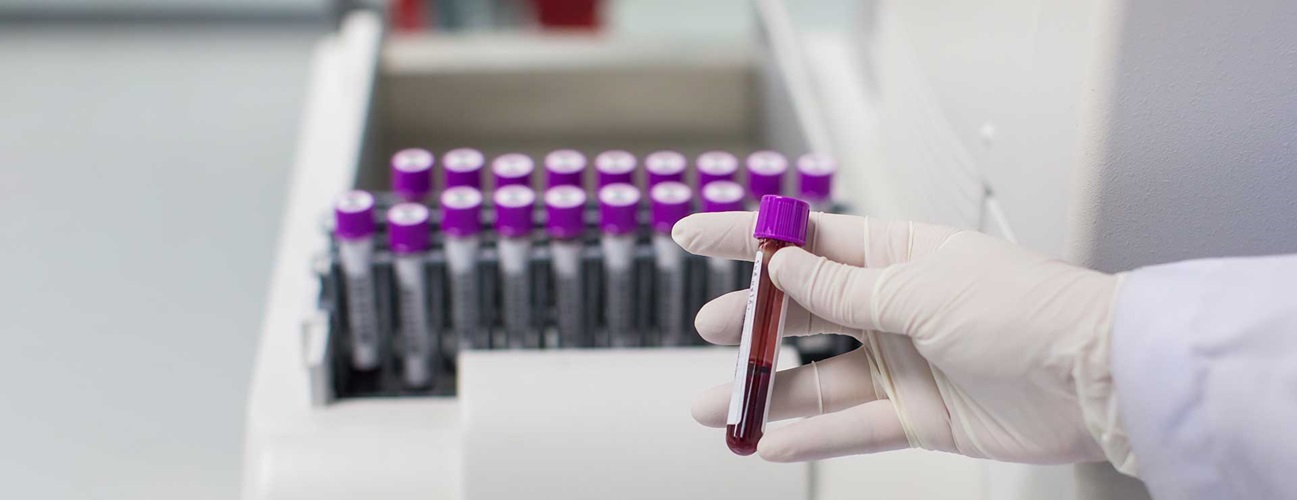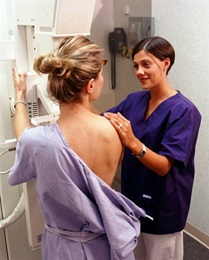Blood Test
A blood test is a lab analysis of things that may be found in your blood. You may have blood tests to keep track of how well you are managing a condition such as diabetes or high cholesterol. You may also have them for routine checkups or when you are ill.
Blood tests are very common. They are ordered by healthcare providers to:
-
Find out how well organs such as your kidneys, liver, heart, or thyroid are working
-
Help diagnose diseases such as cancer, diabetes, coronary heart disease, and HIV/AIDS
-
Find out if your medicine is working to make you better
-
Diagnose bleeding or clotting disorders
-
Find out if your immune system is having problems fighting infections
-
Diagnose anemia, such as iron-deficiency anemia, pernicious anemia, aplastic anemia, or hemolytic anemia
-
Find variations in hemoglobin such as hemoglobin S, C, or E, which are common in people of African, Mediterranean, or Southeast Asian background
-
Monitor chronic health conditions and diseases
-
Find health problems in their early stages
You have the right to know why a blood test has been ordered. Ask your healthcare provider if you are not sure why he or she wants you to have the test.
Types of blood tests
These are common blood tests:
-
Complete blood count, also called a CBC
-
Blood chemistry tests
-
Blood enzyme tests
-
Blood tests for heart disease risk
Blood tests can give your healthcare provider a lot of information. He or she can see if certain elements in your blood are in a normal range. But in many cases, blood tests are only part of the information your healthcare provider needs to make a diagnosis of a health condition. You might need to have some other types of tests as well.
Preparing for a blood test
For most kinds of blood tests, you don't need to prepare. These tests are to see what your blood is like under normal conditions.
For some blood tests, you will have to not eat (fast) for a certain amount of time before the blood test. This usually means no eating or drinking anything after midnight before the test. These tests are often scheduled for early in the morning.
Your healthcare provider will let you know if you need to fast before a blood test.
The procedure
In order to test your blood, a technician called a phlebotomist will use a needle to take a sample of blood. Tell the technician if the sight of needles makes you nervous. He or she can help you feel more at ease. You can also look away during the procedure, and bring a family member or friend to help distract you.
In most cases, the sample is taken from a vein in your arm. You will be seated or lying down. You may be asked to make a fist. The technician will tie a rubber band around your arm. Once he or she sees a vein, the technician will clean the area and then insert the needle. You might feel a small prick. Once the technician has drawn enough blood, he or she will take the needle out and put an adhesive bandage over the site. You may be asked to press firmly on the site to stop any bleeding.
After the procedure
Your blood sample will be sent to a lab. Trained technicians then look for the information the healthcare provider has ordered. This may take a day or up to a week or more. Check back with your healthcare provider’s office to find out about the results.





